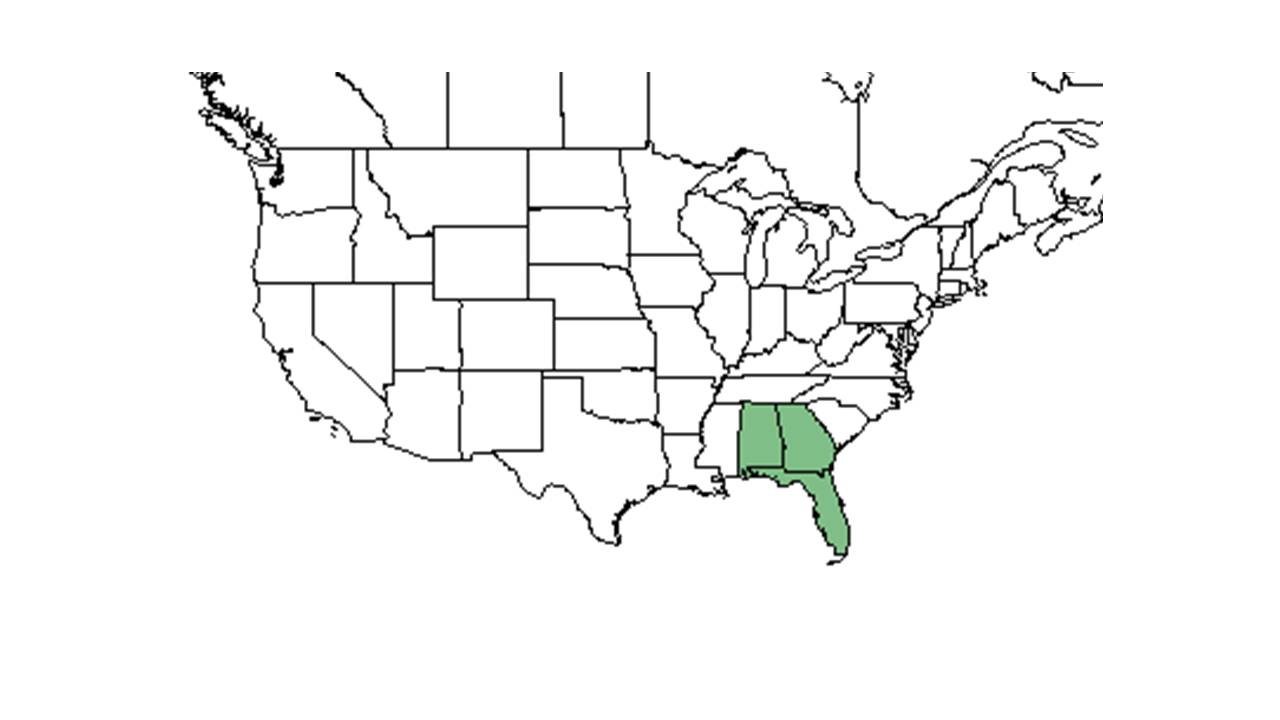Agalinis divaricata
| Agalinis divaricata | |
|---|---|
Error creating thumbnail: Unable to save thumbnail to destination
| |
| Scientific classification | |
| Kingdom: | Plantae |
| Division: | Magnoliophyta - Flowering plants |
| Class: | Magnoliopsida - Dicotyledons |
| Order: | Scrophulariales |
| Family: | Scrophulariaceae |
| Genus: | Agalinis |
| Species: | A. divaricata |
| Binomial name | |
| Agalinis divaricata (Chapm.) Pennell | |

| |
| Natural range of Agalinis divaricata from USDA NRCS Plants Database. | |
Contents
Description
Distribution
Agalinis tenuifolia is the most widely distributed throughout eastern North America [1]
Ecology
Habitat
Agalinis tenuifolia commonly grows in distrubred sites, including clear cut areas. Large populations may also be found growing at the margins of ditches and in other wet or moist habitats. [1] It can be found in undisturbed grasslands and areas with low soil nutrients. Native vegetation, often including Agalinis tenuifolia, can be completely destroyed and replaced by weeds and soil nutrients increase dramatically when Ring-billed Gulls and other species of gulls nest from April to June. [2]
Phenology
Seed dispersal
Seed bank and germination
Fire ecology
Pollination
Use by animals
Diseases and parasites
Conservation and Management
Cultivation and restoration
Photo Gallery
References and notes
- ↑ 1.0 1.1 "Musselman,L. J. and W. F. Mann, Jr (1978). Root parasites of southern forests. , USDA Forest Service, Southern For. Exp. Station, New Orleans, LA. Gen. Tech. Rpt. SO-20. : 76."
- ↑ "Hogg, E. H. and J. K. Morton (1983). "The effects of nesting gulls on the vegetation and soil of islands in the Great Lakes." Canadian Journal of Botany 61: 3240-3254."